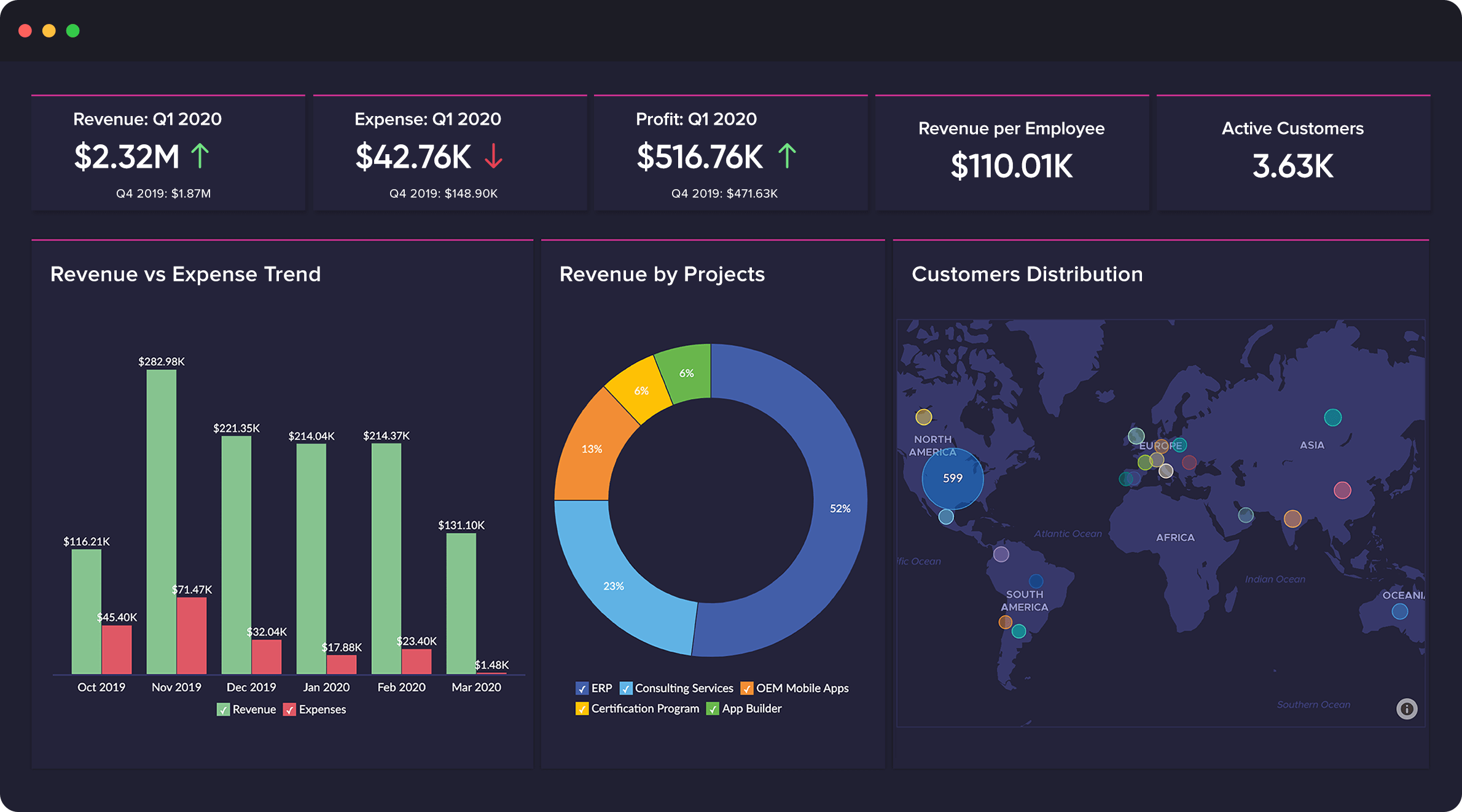DATA SCIENCE Presentation
| Introduction to Data Science | ||
|---|---|---|
| Data Science is a multidisciplinary field that combines statistics, programming, and domain knowledge to extract insights and knowledge from data. It involves collecting, cleaning, analyzing, and interpreting large volumes of structured and unstructured data. The goal of data science is to uncover patterns, make informed decisions, and drive business value. | ||
| 1 | ||
| Key Skills in Data Science | ||
|---|---|---|
| Proficiency in programming languages such as Python or R is crucial for data manipulation and analysis. Strong statistical knowledge is essential for understanding data distributions, correlations, and making accurate predictions. Domain expertise is important to interpret data within the context of a specific industry or problem. | ||
| 2 | ||
| Phases of the Data Science Lifecycle | ||
|---|---|---|
| Data Acquisition: Gathering relevant data from various sources, including databases, APIs, or web scraping. Data Preparation: Cleaning, transforming, and structuring data to ensure its quality and suitability for analysis. Exploratory Data Analysis: Conducting statistical analysis and visualizations to understand patterns and relationships in the data. | ||
| 3 | ||
| Phases of the Data Science Lifecycle (contd.) | ||
|---|---|---|
| Feature Engineering: Selecting or creating the most relevant features that will be used in building predictive models. Model Building: Developing and training machine learning models using algorithms such as regression, classification, or clustering. Model Evaluation: Assessing the performance of the models based on metrics like accuracy, precision, recall, or F1-score. | ||
| 4 | ||
| Data Visualization | ||
|---|---|---|
| Data visualization is the graphical representation of data to provide insights and communicate findings effectively. It helps in understanding complex data relationships, identifying trends, and presenting results to stakeholders. Tools like Tableau, Power BI, or Python libraries like Matplotlib and Seaborn are commonly used for data visualization. | ||
| 5 | ||
| Big Data and Data Science | ||
|---|---|---|
| Big Data refers to large and complex datasets that cannot be easily managed, processed, or analyzed using traditional methods. Data Science plays a crucial role in extracting value from Big Data by applying techniques like distributed computing, parallel processing, and machine learning. Technologies like Hadoop, Spark, and NoSQL databases are commonly used for Big Data processing. | ||
| 6 | ||
| Machine Learning in Data Science | ||
|---|---|---|
| Machine learning is a subset of data science that focuses on developing algorithms that can learn from data and make predictions or decisions without explicit programming. Supervised learning, unsupervised learning, and reinforcement learning are the main types of machine learning algorithms. Machine learning is widely used in various domains, including healthcare, finance, marketing, and recommendation systems. | ||
| 7 | ||
| Ethical Considerations in Data Science | ||
|---|---|---|
| Data scientists should be aware of the ethical implications associated with data collection, storage, and analysis. Privacy, bias, and fairness are crucial concerns that need to be addressed when working with sensitive or personal data. Transparency, accountability, and responsible data practices should be upheld to ensure ethical use of data. | ||
| 8 | ||
| Future Trends in Data Science | ||
|---|---|---|
| Artificial Intelligence and Deep Learning: Advancements in AI and deep learning algorithms are enabling more accurate predictions and automated decision-making. Internet of Things (IoT): The increasing integration of IoT devices generates massive amounts of data, creating new opportunities for data science applications. Explainable AI: Developing algorithms that can provide transparent explanations for their predictions or decisions is gaining importance. | ||
| 9 | ||
| Conclusion | ||
|---|---|---|
| Data Science is a rapidly evolving field that has the potential to revolutionize industries and drive innovation. It requires a combination of technical skills, domain expertise, and ethical considerations to derive meaningful insights from data. Data scientists play a crucial role in transforming raw data into actionable knowledge, improving decision-making processes, and creating value. | ||
| 10 | ||









